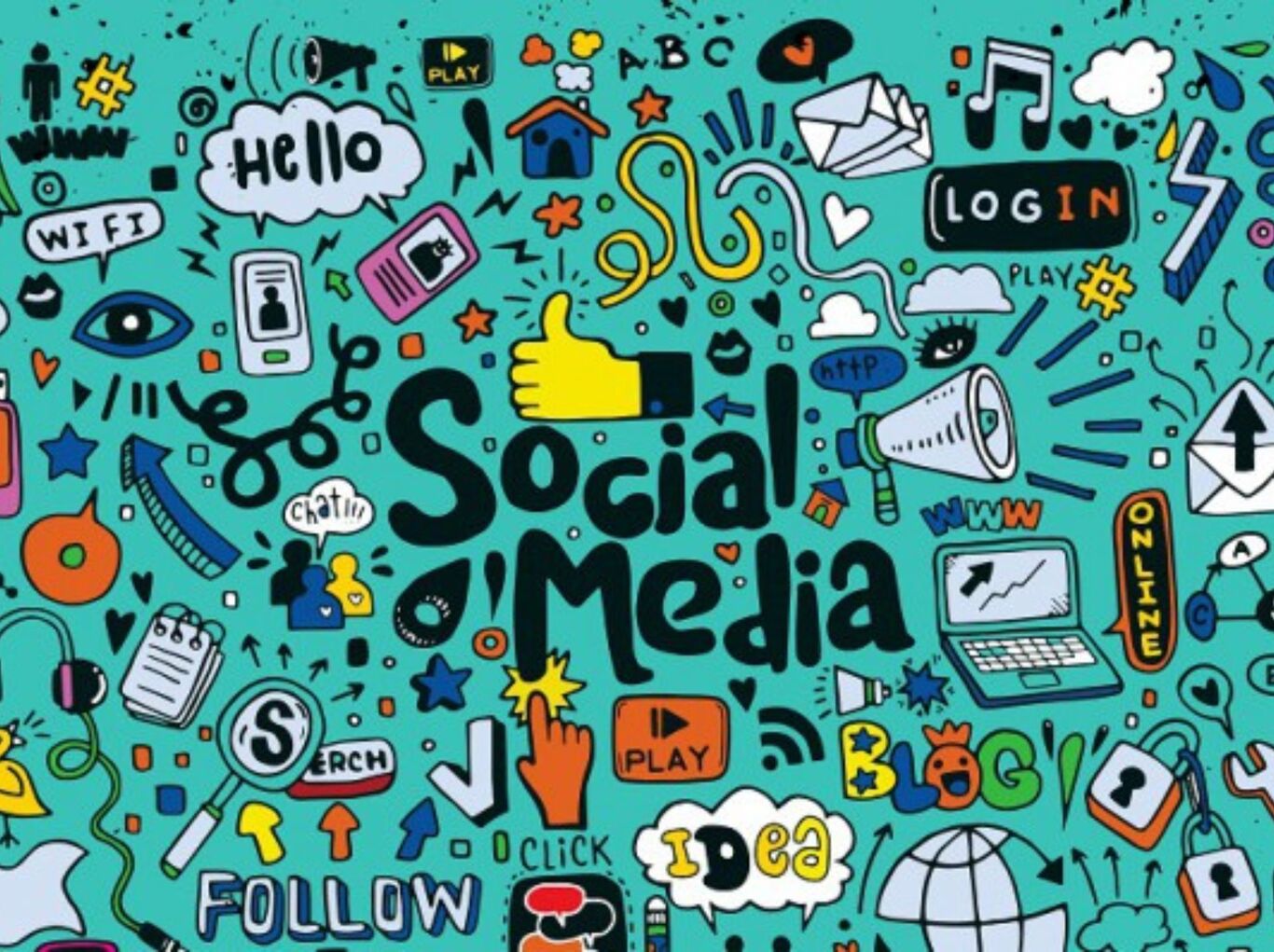How to Build a Predictive Lead Scoring Engine for Experienced GTM Teams in 2025

Your best salesperson just spent three hours crafting the perfect pitch for a Fortune 500 CMO. The lead scored high on every manual checklist - big company, senior title, downloaded multiple whitepapers. Two weeks later, radio silence.
Meanwhile, a mid-market operations manager who barely registered on your scoring radar just signed a six-figure deal after a single demo. Sound familiar?
This disconnect happens daily across B2B sales floors. Manual lead scoring promises to fix it but often makes things worse. You assign points based on assumptions, not evidence. You chase leads that look good on paper while genuine buyers slip through unnoticed.
The real problem isn't your sales team's effort - it's that traditional scoring can't keep up with how modern buyers actually behave.
Predictive lead scoring is a machine learning approach that learns from your actual wins and losses, not your best guesses. Companies using it report doubling their lead-to-appointment conversions. Some see appointment-to-opportunity rates jump 5x.
Let’s figure out how you can build a solid predictive lead scoring system for your company.
What is predictive lead scoring (and why it matters now)
Remember when Netflix started recommending shows you actually wanted to watch? That shift from generic categories to personalised predictions changed everything. Predictive lead scoring brings that same intelligence to B2B sales.
The system watches how thousands of prospects interact with your brand. It tracks which content they consume, when they engage, and how they navigate your site. Then it compares these patterns against your historical conversions.
In fact, in 2025, buyers now leave digital fingerprints across dozens of touchpoints before ever talking to sales. They consume ungated content, lurk in community forums, and compare you against competitors on review sites.
Traditional scoring misses most of these signals. A lead might rack up points downloading your whitepapers while their real buying research happens elsewhere.
Predictive scoring captures the full picture. It knows that when someone from a 50-person SaaS company views your integration page, checks your status page for uptime, and then shares your case study internally. These leads are exhibiting actual purchase intent.
Modern predictive models update in real-time, integrate seamlessly with your existing stack, and explain their reasoning. The system shows exactly which factors drive each score, letting your team focus on the right prospects with the right message at the right moment.
Predictive vs traditional lead scoring: What’s the difference
Ever played darts blindfolded? That's traditional lead scoring. You know roughly where the board is, but you're guessing where the bullseye sits.
Your marketing team assigns 10 points for downloading a whitepaper, 20 for attending a webinar, 50 for requesting a demo. But why those numbers? Who decided a webinar was worth twice a download? Your competitors are using AI to spot buyers you'll never see coming.
The difference between predictive and traditional scoring isn't just about technology but the results. Here's what actually changes when you make the switch:
| Aspect | Traditional lead scoring | Predictive lead scoring |
|---|---|---|
| How it works | Manual rules (download = 10 points, demo = 50 points) | AI analyses patterns from thousands of conversions |
| Data sources | 5-10 basic activities you track | 1000+ behavioural signals across all touchpoints |
| Accuracy | 30-40% of "hot leads" actually convert | 73% of high-scored leads convert |
| Maintenance | Monthly meetings arguing about point values | Self-updating algorithm that learns from every outcome |
| Speed to score | Hours or days after activity | Real-time scoring as prospects engage |
| Hidden insights | Misses non-obvious patterns | Finds surprises (careers page visitors convert 3x more) |
| ROI impact | 78% average lead generation ROI | 138% average lead generation ROI |
| Sales cycle | Standard timeline | 40% faster from lead to close |
| Cost per qualified lead | Remains constant or increases | Drops 50% over first year |
The killer difference? Traditional scoring tells you what you want to hear. That Fortune 500 CMO looks perfect on paper. Predictive scoring tells you what you need to know. That mid-market ops manager who checked your pricing three times last week is actually 6x more likely to buy.
One number says it all: Companies using predictive lead scoring see conversion rates jump 75%. Not improved efficiency. Not better alignment. Actual signed deals.
The data you need for accurate lead scores
Your predictive model is only as smart as the data you feed it. Here's the minimum you need to get started:
- Behavioural data: Website visits, content downloads, email engagement, demo requests, pricing page views. Track everything prospects do, not just form fills.
- Demographic information: Job title, company size, industry, location. Basic but essential for establishing fit.
- Historical outcomes: At least 80 leads total - 40 that converted, 40 that didn't. Microsoft Dynamics 365 won't even let you build a model without this baseline.
- CRM records: Past customer interactions, deal sizes, sales cycle lengths. Your closed-won and closed-lost data trains the algorithm.
Missing any category creates blind spots. No behavioural data? You'll miss buying signals. No historical outcomes? Your model can't learn what actually drives conversions.
Easily connect all your data with Intellsys.ai and see the magic happen! Turn data into action with fast, decisive marketing strategies.
Choosing a model: Logistic regression, tree ensembles, and uplift
Let's skip the PhD dissertation. You need to pick a model that works, not write a research paper.
Logistic regression is your Honda Civic - reliable, proven, and gets the job done. It calculates the probability that a lead converts based on their attributes. Works great when relationships are straightforward: more engagement = higher score. Most CRMs default to this because it just works.
Random forests and decision trees are your Swiss Army knife. They handle messy, real-world data beautifully. A tree might discover that UK prospects who download case studies on Tuesdays convert 5x better. Weird? Yes. Useful? Absolutely. These models find patterns humans would never spot.
Uplift modelling is the advanced play. Instead of asking "who will buy?" it asks "who will buy because we contacted them?" Perfect if you're worried about annoying prospects who would have bought anyway.
Which should you choose? Start with whatever your CRM offers. HubSpot and Salesforce use random forests. Microsoft Dynamics uses logistic regression. They've already done the heavy lifting.
Only go custom if you have a data scientist on staff and a very specific use case. For 90% of companies, out-of-the-box models deliver everything you need.
Implementation steps: From data prep to CRM activation for predictive lead scoring
Getting predictive scoring live takes 30 days if you do it right. Here's the playbook:
Week 1: Clean your data
Export your CRM records. Fix duplicates, update old emails, and standardise job titles. Garbage in, garbage out.
Most implementations fail here because teams skip this boring but critical step.
Week 2: Connect your tools
Link your CRM, marketing automation, and website analytics. Modern platforms make this plug-and-play. HubSpot to Google Analytics takes 5 minutes. Salesforce to Marketo takes 10.
Link all your data with Intellsys for smarter tracking and strategy.
Week 3: Train your model
Feed your historical data to the algorithm. Let it analyse your past wins and losses.
Most platforms need 24-48 hours to crunch the numbers and build your initial model.
Week 4: Test and launch
Run your model on recent leads where you know the outcome. Does it correctly identify your recent wins? Score your current pipeline and spot-check the results with sales.
Make sense? Go live.
Pro tip: Start with a pilot. Pick one product line or region. Prove it works before rolling out company-wide.
Who already uses predictive lead scoring (and what they achieved)
Real companies are doubling and tripling conversion rates right now using predictive lead scoring. From Fortune 500 giants to scrappy startups, the results speak louder than any sales pitch. Here's who's winning and exactly how much they're winning by.
Salesforce customers crushing it
Companies using Einstein Lead Scoring[1] report game-changing results. They're seeing 30% more conversions and 18% revenue growth within the first year. The AI analyses millions of data points to identify patterns your team would never catch manually.
HubSpot's success stories
HubSpot's predictive scoring[2] users see leads convert at 2-3x their previous rates. One SaaS company went from 12% to 34% close rates after implementing their "likelihood to close" scoring.
The secret? HubSpot's model learns from every interaction across marketing and sales.
Microsoft Dynamics 365 wins
Teams using Dynamics' predictive lead scoring[3] cut their sales cycles by 23%. The platform requires just 40 qualified and 40 disqualified leads to start - perfect for smaller teams who thought AI was out of reach.
The Cambridge School transformation
Here's a real knockout: Cambridge School tripled their lead-to-admission conversions using behavioural lead scoring. They went from manual spreadsheets to AI-powered scoring, cutting onboarding time by 82%. Staff saved 100+ hours monthly on manual tasks.
Learn more about how The Cambridge School 3x conversions using lead scoring
The pattern is clear. Whether you're B2B SaaS, education, or enterprise sales, predictive scoring delivers 2-3x improvement in conversion rates. It's about feeding good data to smart algorithms.
Pitfalls that break models (and how to avoid them)
Your predictive model will fail if you make these mistakes. Here's what kills most implementations and how to dodge each bullet:
-
Data quality disasters: Garbage in, garbage out—80% of model success depends on clean data.
Fix: Deduplicate records, standardise job titles, block bot submissions before training
-
Overly complex scoring: Adding 50+ variables makes models slow and impossible to troubleshoot.
Fix: Start with 10-15 high-impact factors, add more only if accuracy improves
-
Ignoring score decay: A lead who engaged six months ago isn't hot anymore.
Fix: Build in time-based decay - reduce scores by 50% monthly for inactive leads
-
Sales-marketing misalignment: Marketing builds a model that sales doesn't trust or understand.
Fix: Include sales in model design, share which factors drive scores
-
Static models: Set-and-forget scoring becomes outdated within months.
Fix: Retrain your model quarterly, monitor conversion rates weekly
The biggest killer? Companies skip data cleanup because it's boring. They rush to launch, feed dirty data to their model, then wonder why it predicts nonsense.
Turn Predictive Lead Scoring Into Revenue With OttoPilot
Manual lead scoring is dead. While your competitors waste time arguing about point values, smart GTM teams are using predictive lead scoring to double conversions and slash sales cycles by 40%.
The path forward is clear. Clean your data, choose the right model, and let machine learning identify the patterns that actually drive revenue. Whether you pick logistic regression or random forests doesn't matter as much as starting with quality data and letting the algorithm learn from real outcomes.
OttoPilot makes this transformation simple. OttoPilot is a sales acceleration platform that uses AI to rank leads by conversion probability, scoring them in real-time based on actual behaviour.
When prospects engage, downloading pricing guides, visiting integration pages, or checking your status page, OttoPilot instantly alerts your sales team. No delays, no manual updates.
Ready to build a predictive lead scoring engine that actually works? Connect OttoPilot to your CRM, feed it your historical data, and watch your conversion rates soar. Your sales team will thank you, your revenue will grow, and you'll wonder why you waited so long.
FAQs on Predictive Lead Scoring
Can predictive lead scoring work for SaaS companies?
Yes, predictive lead scoring for SaaS delivers exceptional results. SaaS companies using AI lead scoring report 2-3x improvements in conversion rates, with some going from 12% to 34% close rates. The model identifies patterns specific to SaaS buyers, like prospects who check your API documentation, view integration pages, and examine your status page.
How long does it take to see ROI from predictive lead scoring?
Most companies see initial results within 30-45 days of implementing predictive lead scoring. The first month involves data preparation and model training, with measurable improvements appearing in the second month.
Companies typically report a 50% reduction in cost per qualified lead within the first year. Moreover, full ROI realisation happens within 3-6 months as the AI lead scoring model learns from new conversions and refines its predictions.
How do you measure the success of a predictive lead scoring model?
Track three key metrics to measure predictive lead scoring success:
- conversion rate improvement (target 75% increase)
- sales cycle reduction (aim for 40% faster)
- lead-to-opportunity ratio (should double within 6 months).
Additionally, monitor model accuracy through AUC scores (above 0.8 is good), precision-recall rates, and sales acceptance rates. Compare these against your baseline traditional scoring metrics to calculate true ROI improvement.
Can small businesses use predictive lead scoring without enterprise budgets?
Yes, small businesses can implement predictive lead scoring using OttoPilot. Many predictive lead scoring tools offer tiered pricing based on lead volume, making AI lead scoring accessible even for companies processing under 1,000 leads monthly. The key is starting with your CRM's built-in capabilities before investing in standalone solutions.








